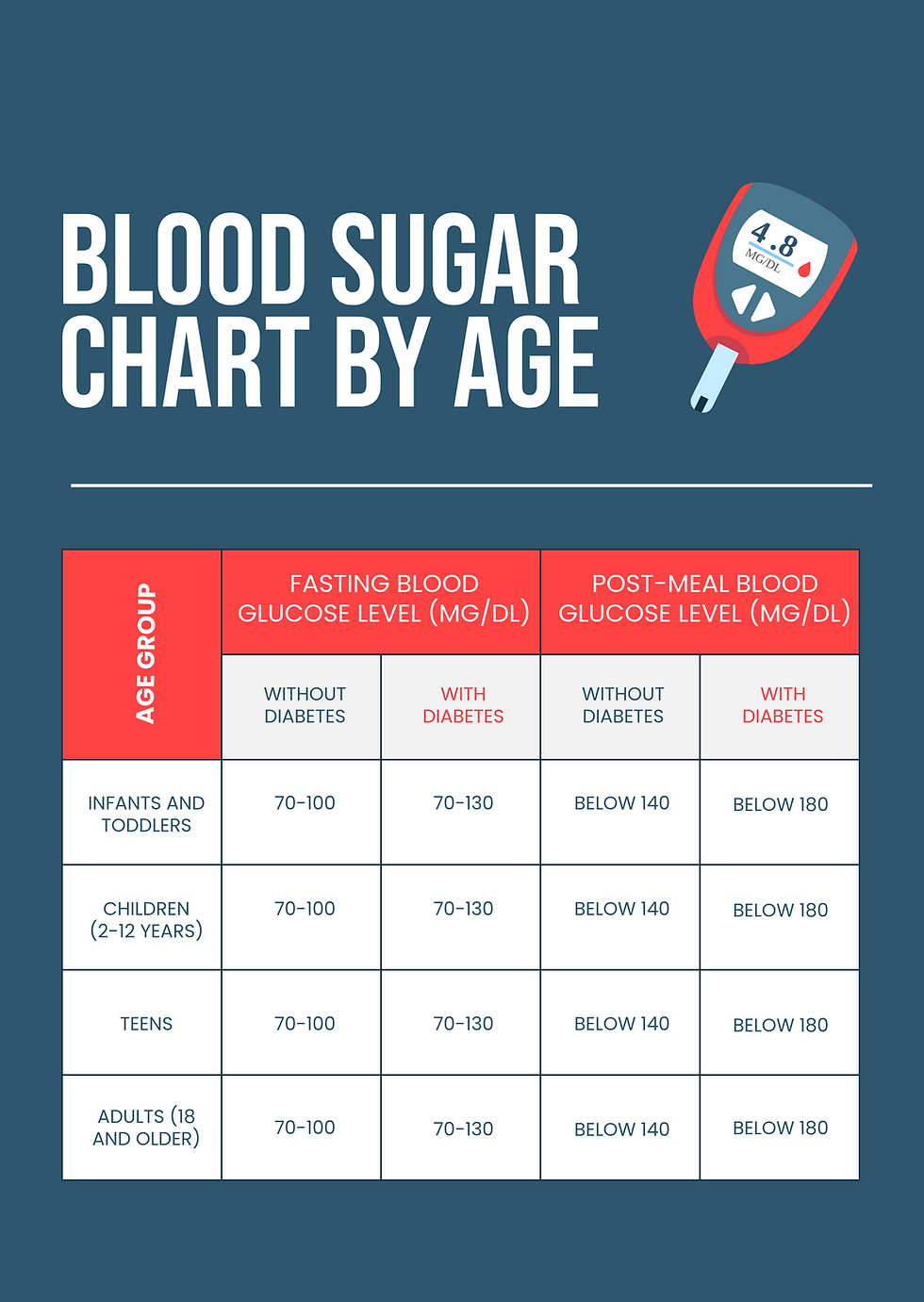Food for Brain Development
- Denise Scott
- Sep 14, 2022
- 3 min read
Updated: Oct 27, 2023

Did you know that the brain primarily develops during the first two-three years of life? What you feed your infant is critically important to brain development. Nutrition affects the developing anatomy of the brain as well as the neuronal interconnections and neurotransmitters. Deficiencies during infancy, when so much brain development occurs, can potentially have long-term effects. Getting the required nutrients through diet is superior to supplementing, but sometimes supplements are needed.
The following nutrients are necessary for the developing brain:
Protein
Long-chain polyunsaturated fatty acids (PUFAs), especially omega-3 fatty acids
Minerals: folate, zinc, iron, choline, iodine
Vitamins: A, B6, B12, D
I will outline how to get the above nutrients in your child’s diet. This can be more of a challenge for those who follow vegan or vegetarian diets and may require supplementation during this critical stage of development. The food list for each component is certainly not exhaustive.
Beyond toddler age, once the brain has mostly developed, diet remains very important for brain function - learning, memory, concentration, and even behavior. Research in this area is abundant, in both the young and older populations, looking at cognition, memory, and prevention of dementia. Studies also look at specific nutrient deficiencies with regard to learning difficulties and attention deficit hyperactivity disorder (ADHD).
Protein
There are many great sources of protein, both animal- and plant-derived. In a previous post about protein, I discussed complete versus incomplete proteins. Protein from animal sources is complete, meaning it contains all 9 essential amino acids. Most plant protein sources are incomplete, except quinoa, whole soy products (tofu, tempeh), and amaranth.
You can combine two incomplete, complementary proteins to make a complete protein which is important for those who do not eat animal products.
Examples of complementary protein combinations:
Legumes + whole grains
Legumes + nuts/nut butters or seeds
Legumes + dairy
Dairy + nuts/nut butters or seeds
Dairy + whole grains
Black beans, soy products, nuts, and seeds are great non-animal sources of protein. Lean meats, chicken, turkey, eggs, and seafood are terrific animal sources.

Animal and Plant Sources of Omega-3 Fatty Acids
PUFAs and Omega-3 Fatty Acids
Some of the best sources of PUFAs are:
Salmon Sardines Mackerel Rainbow Trout Oysters Halibut
Walnuts Pecans Almonds Flaxseeds (ground) Chia Seeds
Extra-virgin olive oil Krill oil
Spinach Kale Chard Garlic Green tea
Low mercury options for seafood include shrimp, salmon, crab, trout, and tilapia. In addition to omega-3 fatty acids, seafood provides protein, iron, zinc, choline, and iodine.
Children under age three can be given 1 ounce of seafood 2-3 times a week. Children under one year of age should not be given shellfish.
Children younger than four should not be given whole nuts or seeds, but nut butter can be introduced after six months.
Minerals:
Folate
Dark green leafy vegetables (turnip greens, spinach, romaine lettuce, asparagus, Brussels sprouts, broccoli)
Beans
Peanut butter
Sunflower seeds
Liver
Seafood
Fortified foods such as bread, cereals, rice, and grains

Foods high in zinc
Zinc
Meat (beef, lamb, pork) and organ meats
Legumes (chickpeas, lentils, beans)
Seeds and Nut butters
Shellfish (crab, lobster, oysters)
Eggs
Dairy
Whole grains
Potatoes
Iron
Lean beef
Beans
Soy
Seafood
Leafy greens
Choline
Organ meats like liver
Whole eggs (choline is in the yolk, 2 eggs a day contains the required amount of choline)
Beef
Chicken and turkey
Fish
Shiitake mushrooms
Cruciferous vegetables (broccoli, cauliflower, brussels sprouts)
Soy products
Lima beans and kidney beans
Dairy
Quinoa
Cottage cheese
Iodine

Eat Your Vitamins!
Vitamin A
Fish
Dairy products
Beef liver
Green leafy vegetables
Orange and yellow vegetables - carrots, sweet potatoes, squash, pumpkin
Fruits such as cantaloupe and mango
Fortified cereals
Tomatoes
Red bell pepper
Eggs
Vitamin B6
Beef liver.
Tuna.
Salmon.
Fortified cereals.
Chickpeas.
Poultry.
Some vegetables and fruits - especially dark, leafy greens, bananas, papayas, oranges, and cantaloupe.
Milk
Cottage cheese
Peas
Avocado
Vitamin B12
Eggs
Beef
Fortified cereals
Tuna, trout, sardines
Milk
Fortified non-dairy milk
Fortified nutritional yeast
Vitamin D
Salmon
Canned tuna
Eggs
Mushrooms
Cod liver oil
Vitamin D fortified milk, orange juice, cereals
A note on iron and ferritin:
Research has shown a link between deficiencies in iron and ferritin and the incidence of learning difficulties and ADHD. Iron deficiency anemia is one of the most common and preventable nutritional deficiencies worldwide, according to the World Health Organization. If your child is limited in their diet (picky eater), and is having learning problems, or ADD/ADHD is being considered, it is probably worth having their iron and ferritin levels checked, easily done with a blood test.
Cognitive disturbances have been seen in children who were low in iron during infancy and early childhood. Iron deficiency can occur with or without anemia. Iron deficiency can cause changes in attention span, intelligence, behavioral issues, and sensory development.
For children who are picky eaters, I usually recommend a daily multivitamin with iron, but first, check with your child’s pediatrician. Children who drink more than 24 ounces of milk daily are at risk for iron deficiency anemia. After a year of age, milk intake should be limited to 2-3 cups or 16-24 ounces.
Children who follow a vegan or vegetarian diet are at risk for possible iron deficiency and calcium, vitamin D, vitamin B12, and zinc deficiencies. This should be discussed with your child’s doctor to see if a supplement is indicated.




Comments